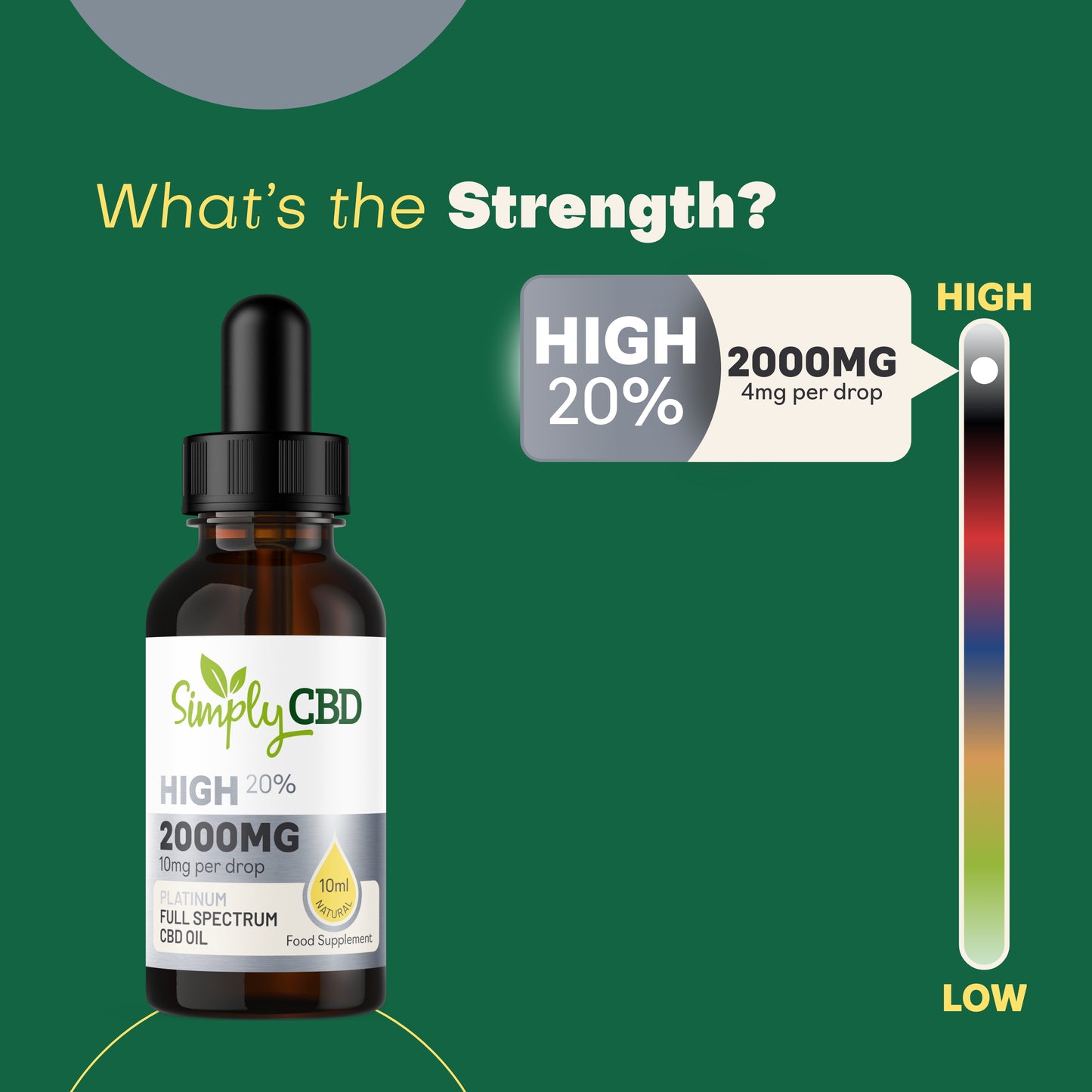This store requires javascript to be enabled for some features to work correctly.
- Home
-
Products
-
CBD Oils
- Liquid Gold - 2% CBD Oil
- Light - 2.1% CBD Oil
- Green - 2.5% CBD Oil
- Sunset - 4.7% CBD Oil
- Blue - 5% CBD Oil
- Red - 8% CBD Oil
- Black - 10% CBD Oil
- Platinum - 20% CBD Oil
- CBD Pure THC Free - Up to 10% CBD Oil
- Water Soluble CBD - 3.2% CBD Oil
- Water Soluble CBD - 4.4% CBD Oil
- CBG Oil - 3% CBG & CBD Oil (Combined)
- View All CBD Oils
- CBD Gummies
- CBD Balms
- CBD Tablets and Capsules
- CBD Vape
- CBD Bundles
- CBD Patches
- K9 Rescue Charity Products
- CBD Nasal Spray
- CBD Drinks
- CBD for Beginners
- CBD High Strength
- Turmeric Paste
- CBD Offers
- Digital Gift Card
- View All
-
CBD Oils
- Rewards
- K9 Rescue
- Contact
- Home
-
Products
-
CBD Oils
- Liquid Gold - 2% CBD Oil
- Light - 2.1% CBD Oil
- Green - 2.5% CBD Oil
- Sunset - 4.7% CBD Oil
- Blue - 5% CBD Oil
- Red - 8% CBD Oil
- Black - 10% CBD Oil
- Platinum - 20% CBD Oil
- CBD Pure THC Free - Up to 10% CBD Oil
- Water Soluble CBD - 3.2% CBD Oil
- Water Soluble CBD - 4.4% CBD Oil
- CBG Oil - 3% CBG & CBD Oil (Combined)
- View All CBD Oils
- CBD Gummies
- CBD Balms
- CBD Tablets and Capsules
- CBD Vape
- CBD Bundles
- CBD Patches
- K9 Rescue Charity Products
- CBD Nasal Spray
- CBD Drinks
- CBD for Beginners
- CBD High Strength
- Turmeric Paste
- CBD Offers
- Digital Gift Card
- View All
-
CBD Oils
- Rewards
- K9 Rescue
- Contact
- Home
-
Products
-
CBD Oils
- Liquid Gold - 2% CBD Oil
- Light - 2.1% CBD Oil
- Green - 2.5% CBD Oil
- Sunset - 4.7% CBD Oil
- Blue - 5% CBD Oil
- Red - 8% CBD Oil
- Black - 10% CBD Oil
- Platinum - 20% CBD Oil
- CBD Pure THC Free - Up to 10% CBD Oil
- Water Soluble CBD - 3.2% CBD Oil
- Water Soluble CBD - 4.4% CBD Oil
- CBG Oil - 3% CBG & CBD Oil (Combined)
- View All CBD Oils
- CBD Gummies
- CBD Balms
- CBD Tablets and Capsules
- CBD Vape
- CBD Bundles
- CBD Patches
- K9 Rescue Charity Products
- CBD Nasal Spray
- CBD Drinks
- CBD for Beginners
- CBD High Strength
- Turmeric Paste
- CBD Offers
- Digital Gift Card
- View All
-
CBD Oils
- Rewards
- K9 Rescue
- Contact
HIGH STRENGTH CBD SALE 💪🌱
For a limited time, enjoy 15% OFF these high strength CBD products when you use code HS15 at checkout! Offer is valid until 11:59pm on Saturday 02/11/24.
Note: Only the 10% strength Pure CBD Oil is included in this offer. All other variants of this product are not included.
-
Free UK Delivery With orders over £40
-
100% Natural All our CBD is naturally grown
-
-
Add to Drinks
-
Strongest Oil
-
THC Free Oil
-
Flavours Available
Contact us
© 2024 Simply CBD | Terms of service | Refund policy | Shipping policy | Privacy policy
This product is not for use by or sale to persons under the age of 18. This product should be used only as directed on the label. It should not be used if you are pregnant or nursing. Consult with a physician before use if you have a serious medical condition or use prescription medications. A Doctor's advice should be sought before using this and any supplemental dietary product. The product is not intended to diagnose, treat, cure, or prevent any disease; results may vary; the information provided does not constitute medical advice and it should not be relied upon as such.










